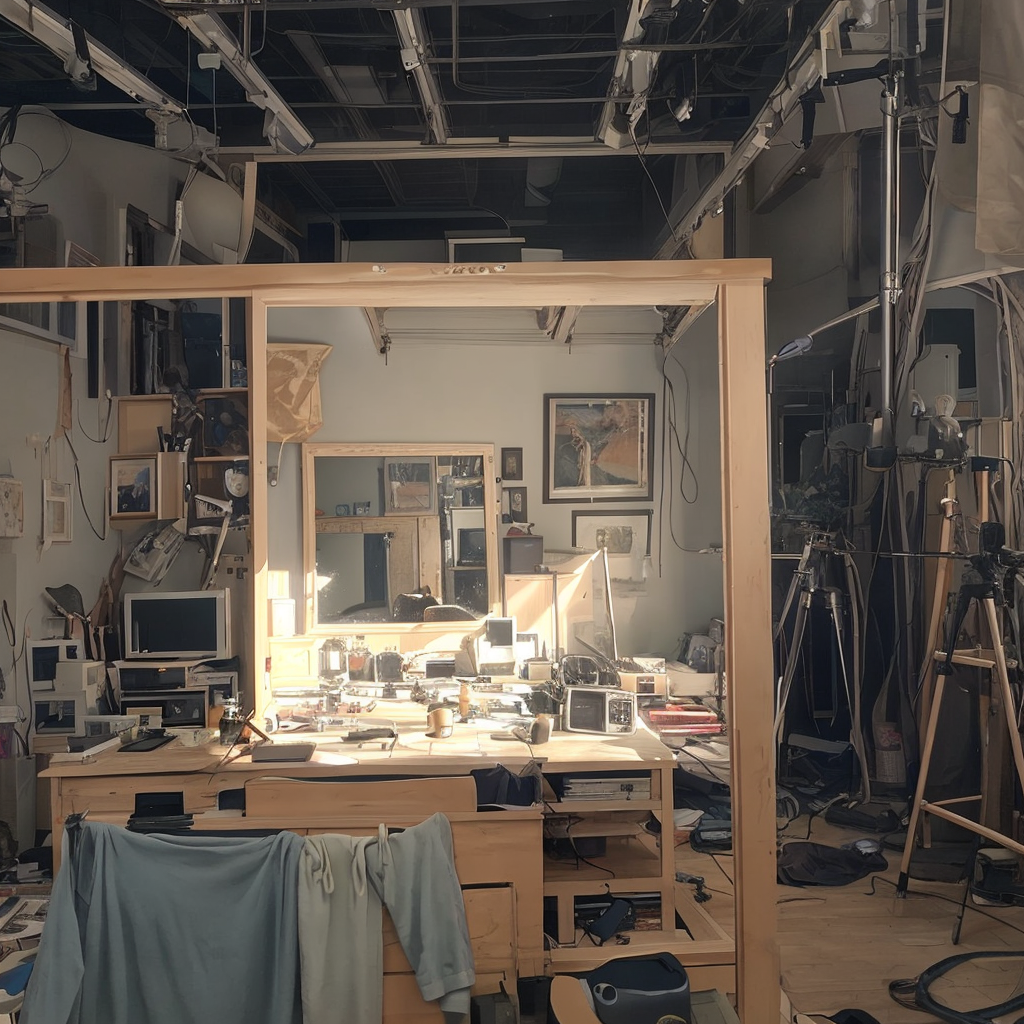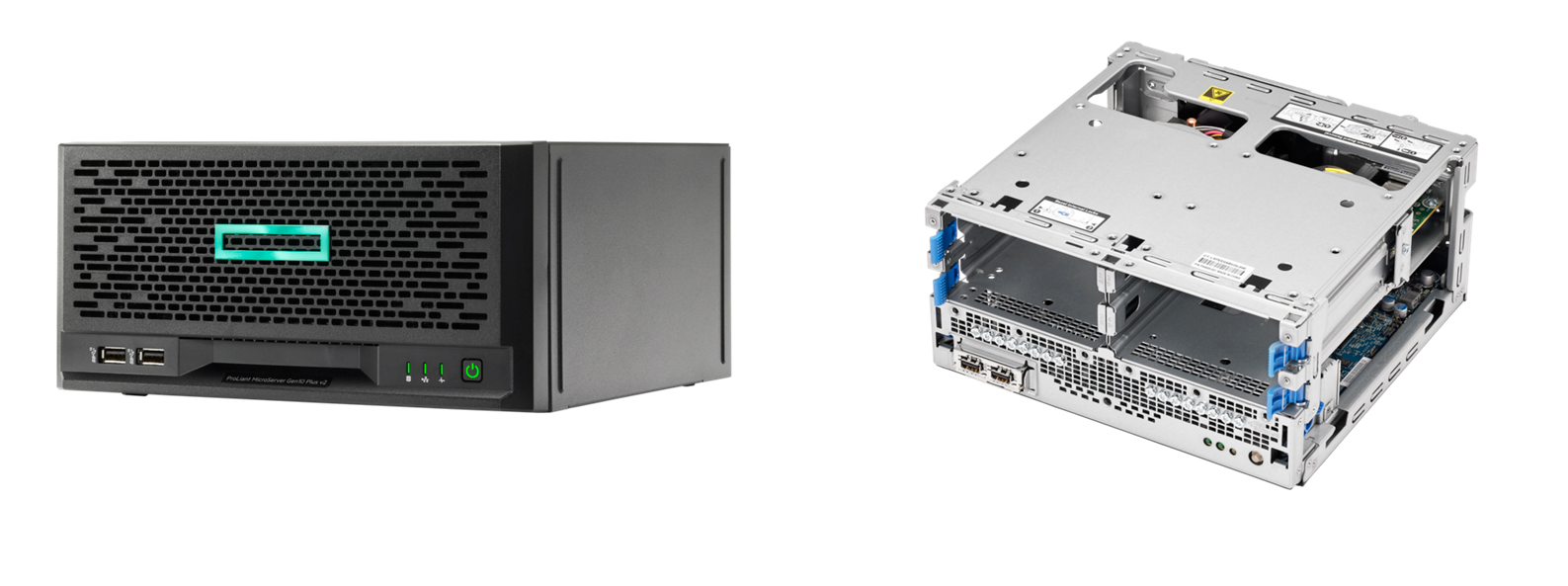UNRAID: The ultimate NAS build for content creators?
At DataSolace, we are often asked for help and support developing a media and content storage solution

At DataSolace, we are often asked for help and support developing a media and content storage solution. There are a number of fantastic options available, ranging in complexity and performance and our recommendation is often driven by a study of the end user’s media workflow.
However, Unraid and it’s array flexibility and hardware compatibility makes it to the short list of solutions for those seeking the ultimate network attached storage solution. So, let us discuss hardware options, Unraid and how it can be implemented to improve media access, data protection and operation flexibility.
Key Unraid features
Here is a list of key features which makes Unraid the perfect network storage choice for professionals working with large volumes of media data:
Expandable storage arrays - Yes you can add disks gradually and expanding the array is fast and easy. You can even add disks of different brands and sizes, making Unraid a great choice to start with minimal initial investment and scale up as needed.
It is important to note that your largest array disk can only be as large as your parity disk(s), for example:
[caption id="" align="alignnone" width="867"] An extremely low power, two disk, single parity array. [/caption]
An extremely low power, two disk, single parity array. [/caption]
Dual parity allowing up to two disk failures - as seen in the figure above, you assign a parity disk to your array which provides resilience in the event of a disk failure. You can have a maximum of 2 parity drives, providing an even greater level of array protection; this is highly advised when you reach 4 or more array disks.
In the event of a disk failure, the parity disk essentially acts as a data drive - allowing you to replace and rebuild the failed disk. Once the restore is complete the stand in drive returns to its role as a parity disk, restoring the array to a protected state.
Cache pools for improved data read & write speeds - Mechanical hard disks are still the most cost effective, high density storage device on the market, but don’t offer the read or write speeds needed for some use cases such as video editing over network. Unraid allows you to create an additional cache pool which acts as a buffer to the main array. Using high speed flash drives in this pool can significantly improve the performance of data access without any loss in data protection.
Data shares can be individually configured to use the cache pool and a scheduled copy job can be enabled to copy data back onto the main array.
Docker based container platform - contains (and the community app store containing container templates) expands the functionality of the Unraid operating system and turns a storage target into a platform capable of automation, backups, productivity and much more.
Virtual Machine platform - fun doesn’t stop at containers, if you have a need to run virtual machines on your NAS, Unraid allows this, using the KVM hypervisor. You can run Windows or Linux virtual machines with direct disk access speeds, as well as pass through devices or hardware such as graphics cards. Activities such as video editing or even gaming are possible thanks to this option.
Unraid Drawbacks
Unfortunately there are some design limitations built into Unraid which might reduce its effectiveness for some use cases. Let’s take a look at what these might be.
Parity check speed at scale
OS installed and licensed to a registered USB storage device.
Fortunately there are alternative NAS options out there and one which we like to recommend is TrueNAS. subscribe to our newsletter below for upcoming network storage content.
If you or your business are in need of a storage system and unsure of the best resource investment, contact us for for data management consultancy.
Unraid Hardware Choices
One of the beautiful features of Unraid is that it will run on almost any x86 computer from the last 15 years (not that you would want to be running 15 year old hardware in a mission critical situation). The reason for this wide compatibility is because the operating system is based on Slackware Linux; open source software.
Here is our shortlist of recommended Unraid hardware platforms and an explanation of their suited use case:
Minisforum MS01
The MS01 uses efficient 12th or 13th generation CPUs which offer enough power for moderate docker based workloads in Unraid , including media services with QuickSync backed transcoding. It can also be equipped with 64GB of DDR5-5200MHz Dual Channel memory, opening up the possibility for localised AI services such as Ollama - however the lack of dedicated GPU might put the MS01 at a disadvantage in comparison to other hardware contenders.
So for the price and volume, the MS01 is a great NAS entry point to run a blisteringly fast Unraid array consisting of two NVME storage drives and a third for parity. Current m.2 NVME disks reach optimal price to capacity at around 4TB, meaning that the MS01 could support 8 Terabytes of 10GB connected storage.
HPE ProLiant MicroServer Gen10 / Gen11
A long running favourite of system builders and SMEs, the HP MicroServer takes the MS01’s feature set to the next level and introduces features often reserved for enterprise or data center hardware.
The ProLiant unit has three 3.5” hard disk bays, allowing for a high storage density build in this low footprint server. Whilst not offer the speed flash based storage, mechanical disks are often suited to workloads where high data access speeds are not critical. Four HDDs could be ran in a single parity setup for maximum capacity or dual parity for maximum redundancy.
The MicroSever G11 also has an iLo IPMI interface for improved serviceability and recovery in the event of an OS failure; although you would hope to never need it, this feature can make all the difference in reducing downtime. Finally, because it is a one of HP’s ProLiant devices, advanced hardware service plans can be applied to further protect this mission critical hardware.
Custom Build
Some use cases can’t be sated by ‘off the shelf’ hardware and in those situations custom build hardware is the only solution.
Some possible reason to need a custom build might include:
Significant transcoding demands
High density storage requirements
Compute and generative AI needs
Whilst a custom build with graphic compute resources would be significantly cheaper than an OEM integrator such as HP or Dell, you will not have the same level of hardware service plans available to you, so you may wish to budget for cold spares and have a dependable service provider on hand (let’s work together).
In conclusion, Unraid is a powerful network attached storage solution that offers numerous advantages over portable hard drives and cloud storage services. Its versatility, cost-effectiveness, advanced features, and security measures make it an ideal choice for content creators, social media influencers, and professionals with large data storage requirements. By combining multiple hard drives into one cohesive unit, Unraid provides users with a reliable and efficient solution that meets the demands of today’s digital landscape.
Subscribe
Sign up with your email address to receive news and updates.
Email Address
Sign Up
We respect your privacy.
Thank you!

